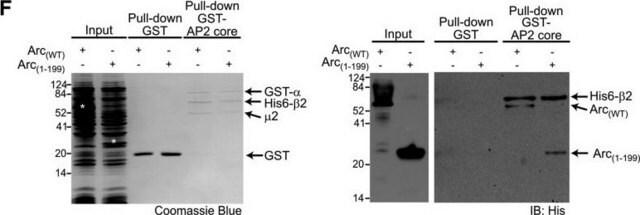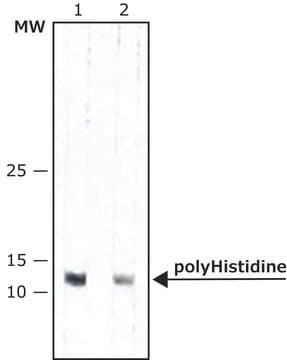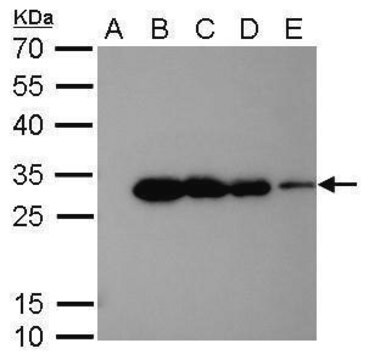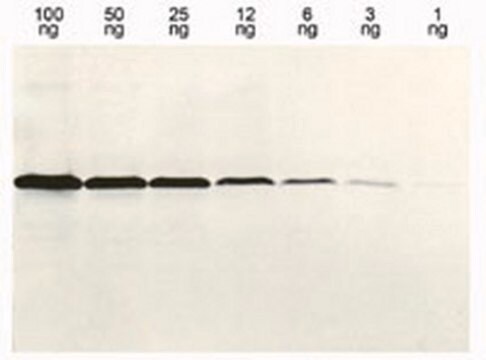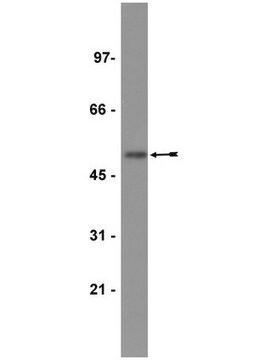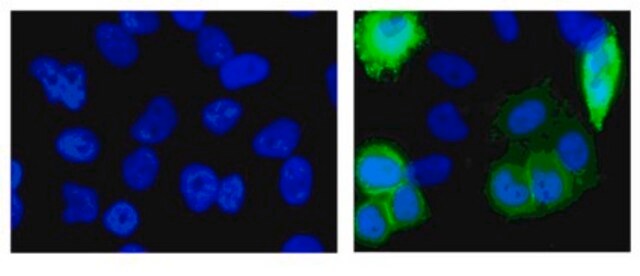SAB4200620
Monoclonal Anti-polyHistidine antibody produced in mouse
clone HIS-1, purified immunoglobulin
Synonym(s):
Monoclonal 6 His epitope tag, Monoclonal 6xHis-tag, Monoclonal HHHHHH epitope tag, Monoclonal Hexa His tag, Monoclonal His-tag, Monoclonal His6 tag, Monoclonal Histidine tagged, Monoclonal Poly-His-tag
About This Item
Recommended Products
biological source
mouse
Quality Level
antibody form
purified immunoglobulin
antibody product type
primary antibodies
clone
HIS-1, monoclonal
packaging
antibody small pack of 25 μL
concentration
~1.0 mg/mL
technique(s)
flow cytometry: 3-6 μg/test
immunoblotting: 0.25-0.5 μg/mL
immunofluorescence: 4-8 μg/mL
isotype
IgG2a
storage temp.
−20°C
target post-translational modification
unmodified
General description
Physical form
Storage and Stability
Other Notes
Disclaimer
Not finding the right product?
Try our Product Selector Tool.
Storage Class
10 - Combustible liquids
wgk_germany
WGK 1
flash_point_f
Not applicable
flash_point_c
Not applicable
Certificates of Analysis (COA)
Search for Certificates of Analysis (COA) by entering the products Lot/Batch Number. Lot and Batch Numbers can be found on a product’s label following the words ‘Lot’ or ‘Batch’.
Already Own This Product?
Find documentation for the products that you have recently purchased in the Document Library.
Customers Also Viewed
Our team of scientists has experience in all areas of research including Life Science, Material Science, Chemical Synthesis, Chromatography, Analytical and many others.
Contact Technical Service